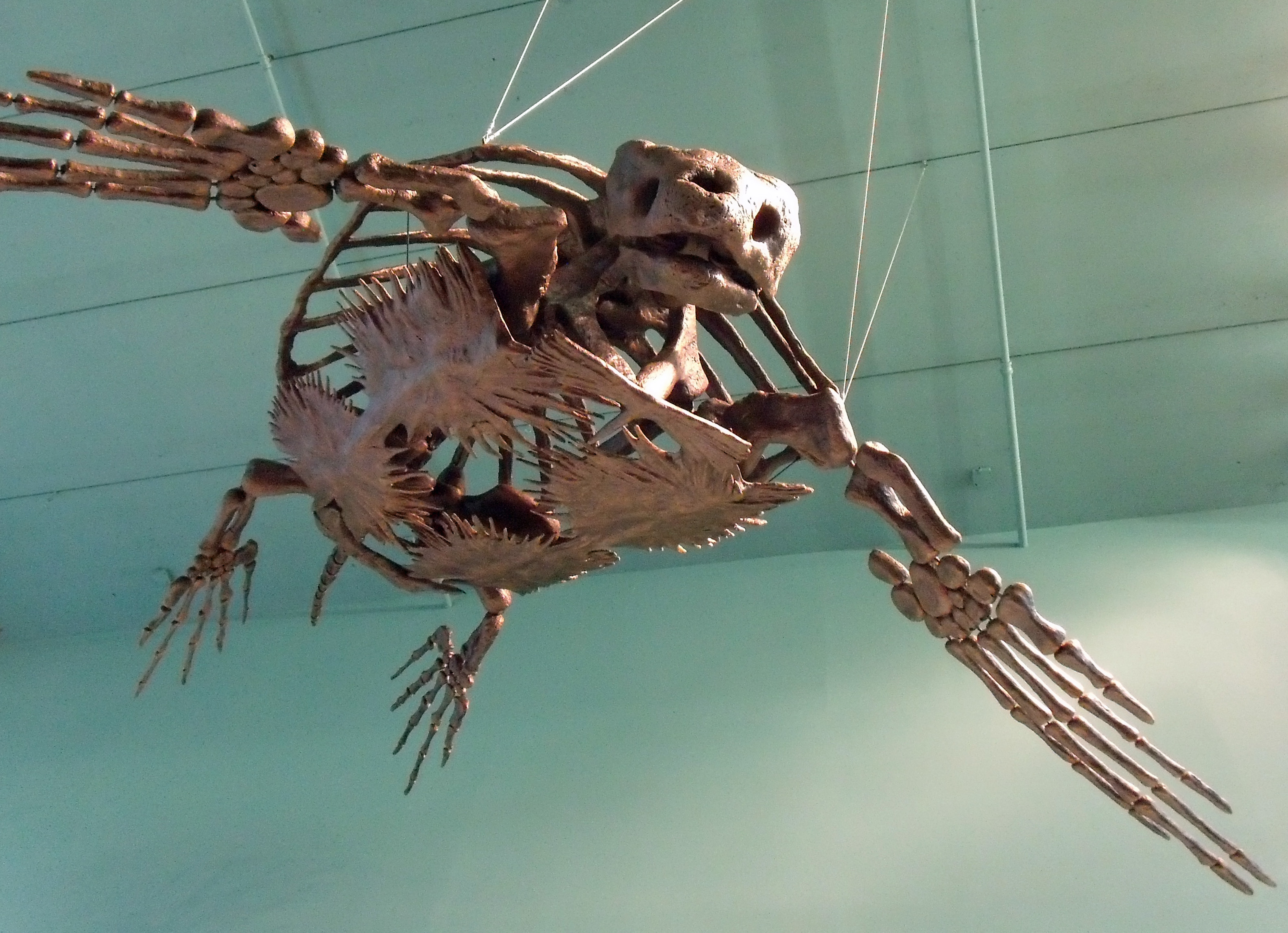The world of paleontology is a treasure trove of wonders, revealing the incredible diversity of life that has graced our planet throughout its storied history. Among these captivating discoveries, one stands out as a true behemoth of the ancient seas: the Archelon ischyros, the largest turtle to have ever existed. Housed in the esteemed collections of the Yale Peabody Museum of Natural History, this colossal specimen offers a remarkable glimpse into the past, shedding light on the evolutionary adaptations and intriguing mysteries that have long surrounded these magnificent creatures.
The Archelon Ischyros: A Giant Among Turtles
The Archelon ischyros was a truly remarkable creature, with a size and stature that defies the imagination. This ancient sea turtle measured an impressive 15 feet (460 cm) from head to tail and spanned an equally impressive 13 feet (400 cm) from flipper to flipper. Its massive frame weighed in at a staggering 4,900 pounds (2,200 kg), making it a true giant among turtles.
The Anatomy of a Colossal Creature

One of the most distinctive features of the Archelon ischyros was its unique skeletal structure, particularly its gear-shaped stomach bone plates. These specialized bones served as a formidable defense system, protecting the turtle from threats lurking below. The skeleton on display at the Yale Peabody Museum also reveals a fascinating clue about the Archelon’s past – the absence of its right lower flipper, likely the result of an injury sustained during its early life.
Piecing Together the Archelon’s Life Story
Experts believe that this missing flipper may have been the consequence of an attempted attack by a predator, such as a bird or a larger marine reptile like a mosasaur or Xiphactinus, during the Archelon’s vulnerable hatchling stage. Despite this setback, the Archelon ischyros went on to live a long life, estimated to have spanned around 100 years.
Uncovering the Archelon’s Habitat and Extinction

The Archelon ischyros thrived during the Late Cretaceous period, approximately 80 to 66 million years ago, when the regions now known as South Dakota and Wyoming were submerged under a shallow sea. This ancient sea turtle’s extinction may be linked to increased predation on its land-based eggs and hatchlings, as well as a cooling climate – factors that other turtle species were better equipped to endure due to their adaptive thermoregulation capabilities.
The Archelon ischyros stands as a testament to the incredible diversity and adaptability of life that has graced our planet throughout its history. The colossal skeleton housed at the Yale Peabody Museum of Natural History offers a tangible connection to this awe-inspiring creature, inviting visitors to marvel at its sheer size and wonder at the mysteries it still holds. As we continue to unravel the secrets of the past, the Archelon ischyros remains a captivating reminder of the extraordinary wonders that have walked, swam, and soared across our world, inspiring us to preserve and protect the natural heritage that has shaped our shared history.
